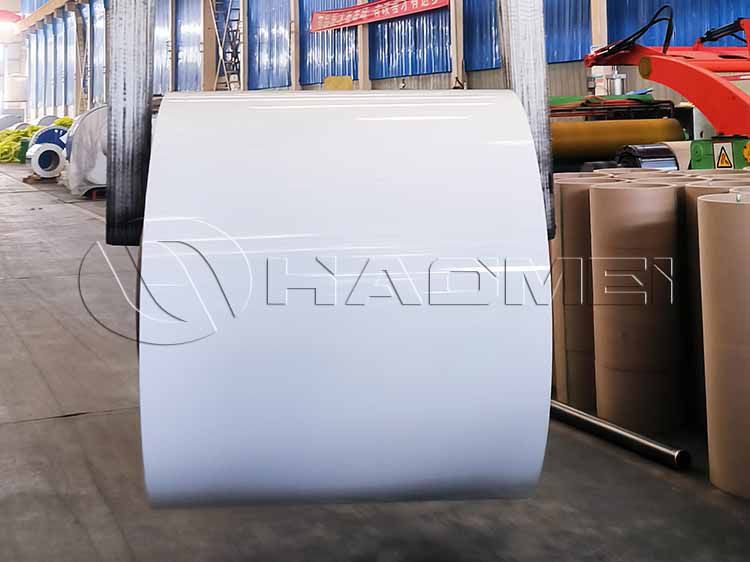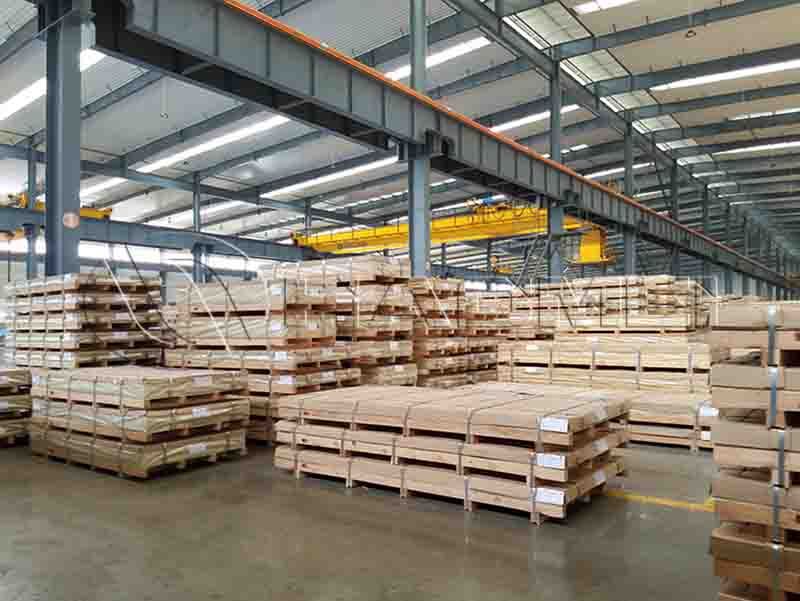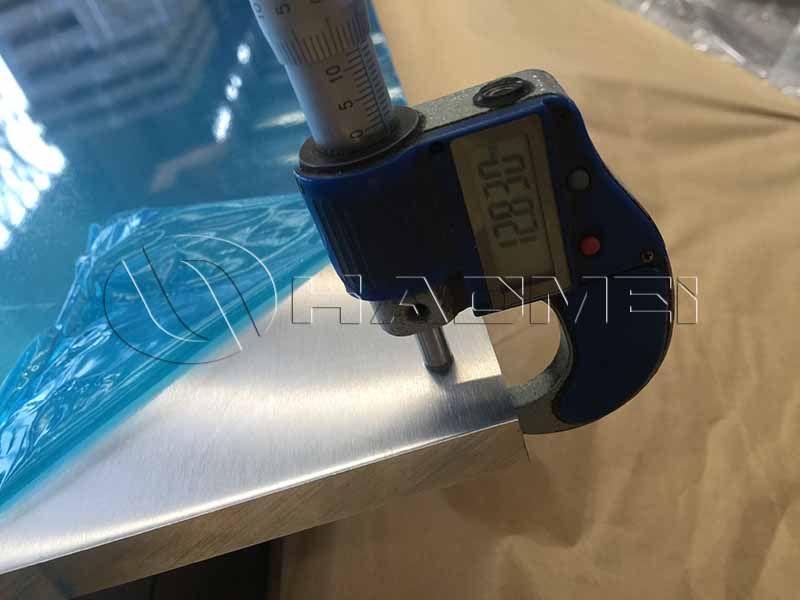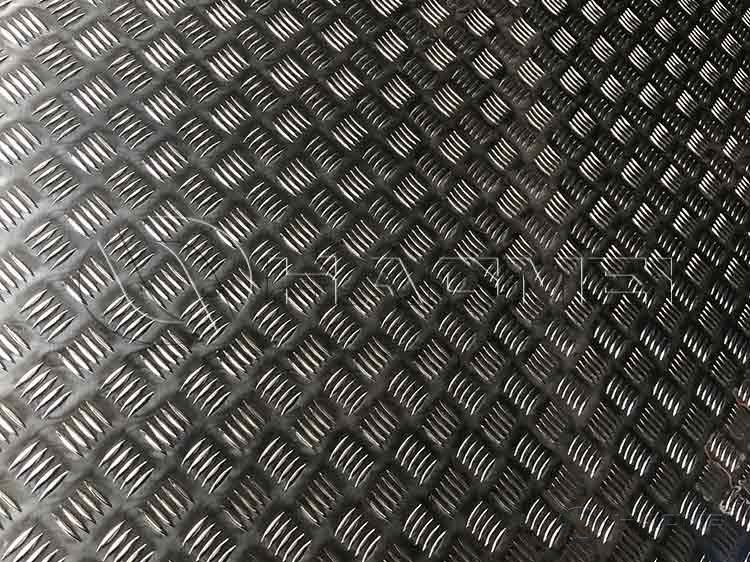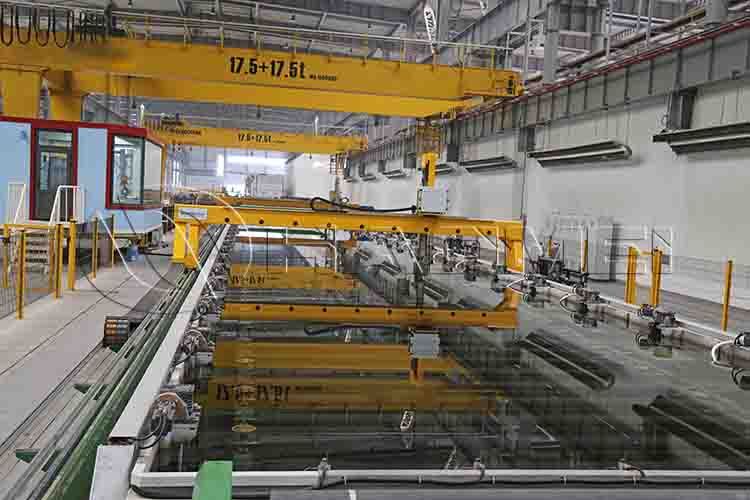Batteries are used to store electricity. In terms of application, they are all energy storage. Therefore, it can be said that all lithium batteries are energy storage batteries. Later, in order to distinguish applications, they were divided into three types: consumer batteries, power batteries and energy storage batteries.
Aluminum foil battery has the characteristics of good conductivity, soft texture, cost advantage, stable performance under high potential and not easy to oxidize. Currently, the battery aluminum foil produced in the market is mainly made of 1060, 1070, 1100, 1235 and other alloys, and the above alloys all belong to the 1000 series. This series of alloys contains a large amount of aluminum, and the purity can reach more than 99.00%.
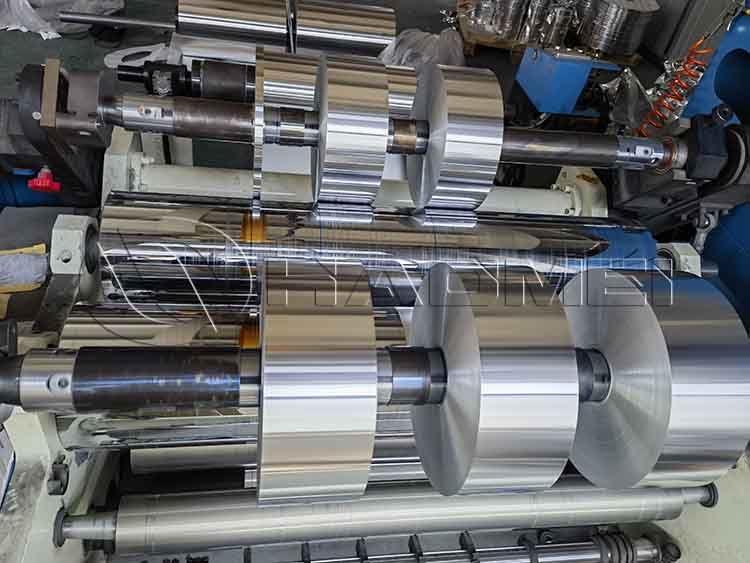
1235 aluminum foil has relatively high purity and good electrical conductivity, so it is often used as battery foil. Battery grade aluminium foil is a precision-processed product among aluminum foils. It has very high precision requirements for the performance and quality of aluminum foil. Therefore, the processing of battery foil is more difficult and the process requirements are higher.
The minimum thickness of Haomei Aluminum’s 1235 aluminum foil is 0.014 mm with a strength of over 180 Mpa and its surface dyne value is very high.
The battery foil thickness and rolling accuracy are close to those of traditional light gauge foil. Battery foil's surface and precision requirements are significantly higher than those of traditional aluminum foil, and certification is difficult. Battery foil has requirements for tensile strength, elongation strength, pinholes, trimming, burrs, crown rate, etc.
Its production process is also very complex, which involves multiple rolling processes and heat treatment processes such as alloy casting, homogenization, casting and rolling, cold rolling, intermediate annealing, foil rolling, etc., and each node is interlocked. Based on this, the yield rate of battery aluminum foil production lines is generally not high. Haomei Aluminum can reach 70%.
The production process of battery aluminum foil blanks is divided into three methods: ingot hot rolling (DC), two-roll continuous casting and rolling (CC), and Hazmont continuous casting and rolling strip blanks. Ingot hot rolling and double-roller continuous casting and rolling are mainly used at home and abroad, and Hatzmont's production method is rarely used.
The thickness of aluminum foil and battery is generally at the micron level, and the properties of aluminum foil manufactured by different processes have significant differences. There are many factors that affect the mechanical properties of aluminum foil, such as chemical composition, morphology and size distribution of second phase compounds, and texture.
